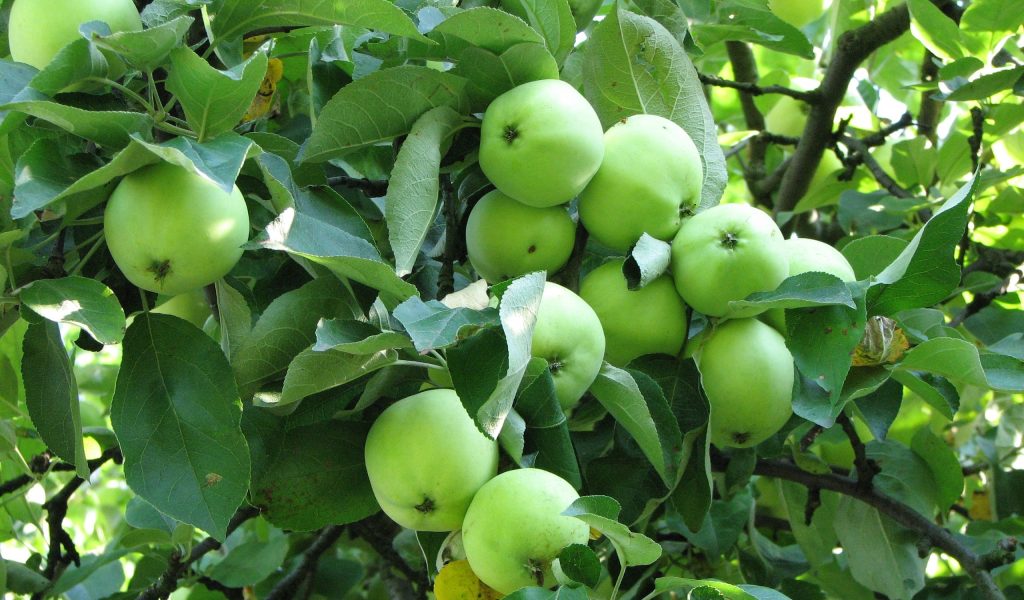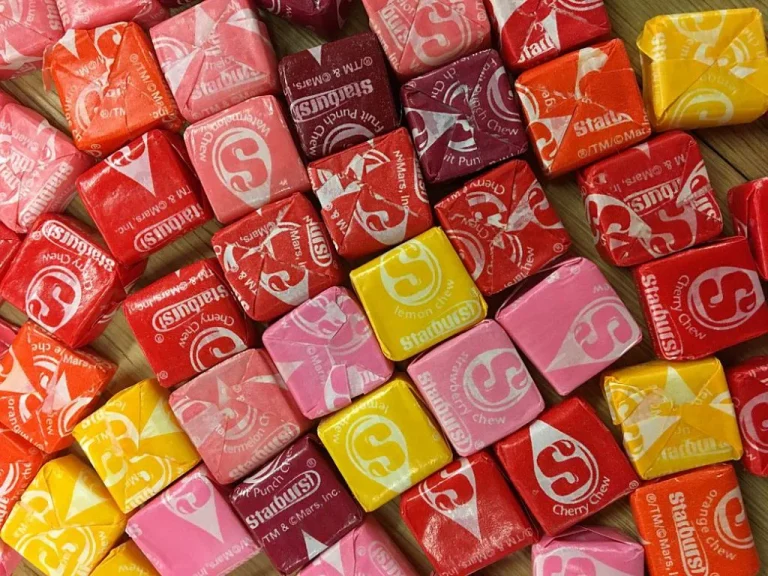For apple lovers, the arrival of June apples marks the unofficial start of the apple season. These early-ripening fruits, typically ready in late spring to early summer, have a long history in orchards across the United States. Known for their bright flavor and versatility, June apples are cherished by home gardeners, market growers, and cooks.
In this guide, we’ll explore what June apples are, where they come from, their uses, nutritional benefits, and how to grow them successfully.
What Are June Apples?
The term “June apple” doesn’t refer to a single specific apple cultivar but rather to a group of early-ripening apple varieties that mature in June or early July, depending on climate.
Common June apple varieties include:
- Lodi – A tart green apple, ideal for applesauce and pies.
- Yellow Transparent – A pale, tender-fleshed apple great for cooking.
- Early Harvest – A sweet-tart yellow apple, versatile for fresh eating and baking.
- Red June – A small, deep-red apple with a unique tangy flavor.
History of June Apples
June apples have roots in heirloom apple-growing traditions dating back to the 18th and 19th centuries. Farmers valued them for their ability to produce fruit before most other varieties. They became especially popular in the southern United States, where warm weather brings apple season earlier than in the North.
These apples were often the first fresh fruit after a long winter and were used quickly since early apples don’t store as well as later varieties.
June Apples vs. Fall Apples
| Feature | June Apples | Fall Apples |
| Harvest Time | June to early July | September to October |
| Storage Life | Short (1–3 weeks) | Long (months in cold storage) |
| Flavor Profile | Sweet-tart, bright | Complex, mellow, and sweet |
| Common Uses | Applesauce, pies, fresh eating | Fresh eating, cider, storage |
| Texture | Softer, more delicate | Firmer, crisper |
Flavor Profile
June apples are known for their bright, tangy flavor, often with a perfect balance of sweetness and tartness. They tend to have a tender, less dense flesh, making them easy to cook down into sauces or fillings.
While some varieties are great for fresh snacking, most shine in baking and cooking, where their tartness complements sugar and spices.
Uses for June Apples
Applesauce
June apples, especially Lodi and Yellow Transparent, break down quickly when cooked, making them ideal for smooth, flavorful applesauce without added thickeners.
Pies and Cobblers
Their tartness balances sweet pie fillings, and their soft texture creates a luscious filling.
Apple Butter
June apples cook down easily into a thick, rich apple butter that’s perfect for spreading on bread or biscuits.
Fresh Eating
Varieties like Red June and Early Harvest are delicious eaten straight from the tree.
Canning and Preserves
Since they ripen early, June apples are a great way to start the preserving season before summer fruits like peaches and berries are ready.
How to Grow June Apples
Growing June apples requires attention to variety selection, climate, and orchard care.
Choose the Right Variety
- For cooler climates: Lodi and Yellow Transparent do well.
- For warmer climates: Red June and Early Harvest thrive.
Planting Site
Select a sunny location with well-draining soil. Apples prefer slightly acidic soil (pH 6.0–6.8).
Pollination
Most June apple varieties are not self-pollinating, so plant at least two different varieties that bloom at the same time for cross-pollination.
Pruning
Prune annually in late winter to maintain shape, remove dead wood, and improve air circulation.
Pest and Disease Management
Common issues include apple scab, codling moths, and aphids. Use integrated pest management (IPM) strategies, including resistant varieties and organic sprays when needed.
Harvesting
June apples ripen quickly—check daily once they start to change color. They should come off the tree easily with a gentle twist.
Challenges of June Apple Growing
- Short Shelf Life – They must be eaten or processed quickly after harvest.
- Susceptible to Pests – Early-season pests can damage fruit before harvest.
- Weather Sensitivity – Late frosts can affect blossoms, especially in cooler climates.
Nutritional Benefits of June Apples
Like all apples, June apples are low in calories and high in beneficial nutrients.
Per medium apple (about 150g):
- Calories: ~80
- Fiber: 3–4 g
- Vitamin C: 10% of daily value
- Potassium: ~200 mg
June apples are also rich in antioxidants like quercetin and catechin, which may help reduce inflammation and support heart health.
Popular June Apple Varieties in Detail
Lodi
- Color: Pale green
- Flavor: Tart
- Best Use: Applesauce, pies
- Ripening Time: Mid-June to early July
Yellow Transparent
- Color: Pale yellow
- Flavor: Sharp-tart, mellowing with ripeness
- Best Use: Cooking, canning
- Ripening Time: Late June
Early Harvest
- Color: Light yellow-green
- Flavor: Sweet-tart
- Best Use: Fresh eating, pies
- Ripening Time: Late June to mid-July
Red June
- Color: Deep red skin, white flesh
- Flavor: Tangy and aromatic
- Best Use: Fresh eating, preserves
- Ripening Time: June to early July
Storing and Preserving June Apples
Since June apples don’t store as long as later-season apples, proper handling is essential:
- Refrigeration: Store unwashed in the crisper drawer for up to 3 weeks.
- Freezing: Peel, slice, and treat with lemon juice before freezing for later use in pies and sauces.
- Canning: Use in applesauce or apple butter recipes for year-round enjoyment.
- Drying: Slice thinly and use a dehydrator for homemade apple chips.
Cooking Tips for June Apples
- Balance flavors: Their tartness pairs well with cinnamon, nutmeg, and brown sugar.
- Don’t overcook: They soften quickly—perfect for sauce, but watch carefully in pies.
- Mix varieties: Combine sweet and tart June apples for complex flavor in recipes.
Fun Fact
In the 19th century, June apples were sometimes called “harvest savers” because they provided a fresh fruit source before the main crop season, reducing reliance on dried or stored produce.
Conclusion
June apples are a seasonal treasure—tart, flavorful, and perfect for early summer recipes. While they have a short shelf life, their culinary versatility and bright taste make them worth seeking out or growing in your own orchard.
Whether you enjoy them fresh, in a pie, or simmered into applesauce, June apples mark the joyful start of apple season, offering a taste of tradition and the first bite of summer.
FAQs
1. Are June apples good for fresh eating?
Yes—varieties like Red June and Early Harvest are excellent eaten fresh, though some are more tart than others.
2. How long do June apples last after picking?
Typically 1–3 weeks under refrigeration; they are best used soon after harvest.
3. Can June apples grow in warm climates?
Yes—many varieties adapt well to southern climates where winter chill is moderate.
4. Are June apples the same as summer apples?
Yes—June apples are a type of summer apple, specifically the earliest ripening group.
5. What’s the best way to preserve June apples?
Making applesauce or freezing sliced apples preserves their flavor for months.
Also read: Targeted Individual Help: Support, Coping Strategies, and Resources




Leave a Comment